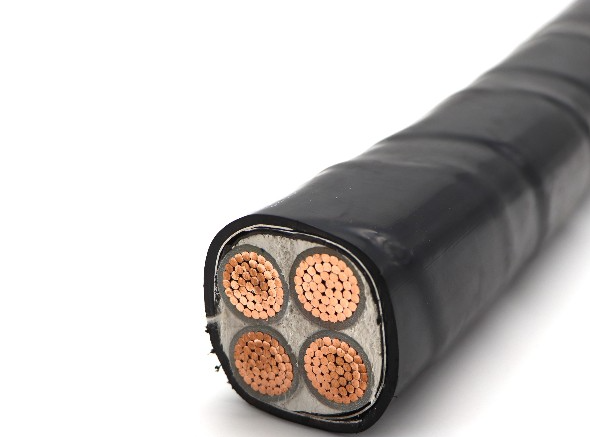
Power cable lines are generally laid underground or underwater, and there are also power cable lines laid overhead. Power cable lines are mainly composed of cables, cable intermediate connectors, cable terminations, etc.
Some power cable lines also have accessories, such as pressure boxes, pressure and temperature warning devices. Underground power cable lines also include corresponding civil facilities, such as cable trenches, pipes, shafts, tunnels, etc.
1. Cable is laid underground, does not occupy the ground, space, the same underground cable channel, can accommodate multiple return lines;
2. In urban roads and large factories, power supply by cable is conducive to city appearance and factory appearance;
3. Natural meteorological conditions (such as lightning, wind and rain, salt spray, pollution, etc.) and the surrounding environment have little effect on the cable;
4. The cable is concealed underground, which is safer for the human body and has high reliability of power supply; the operation and maintenance cost of the cable line is relatively small.

1. The investment cost of cable line construction is relatively high, which is several times that of overhead lines;
2. Cable fault concealment, testing is difficult;
3. After the cable is damaged, the repair time is longer;
4. Cable is not easy to branch;
5. Cable and accessory selection, cable sheath grounding method, cable laying method, pollution area distribution, civil construction type and capacity.
The power engineering construction standard clearly states that the cable pipe sealing and waterproofing in cable laying must meet the standard. It is related to whether the maintenance and expansion work in the future will proceed smoothly.